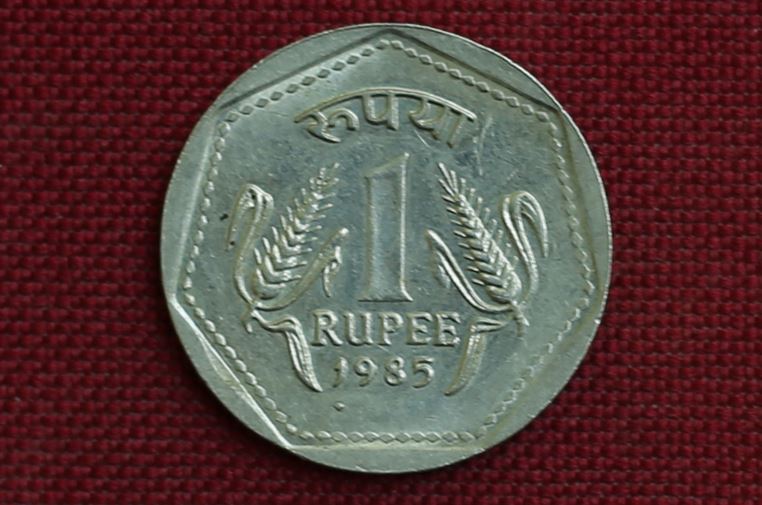As much as India has struggled politically and financially as a nation, it has been reflected in the monetary system. The current picture of India’s political and financial condition is reflected in its currency. Everything from its color to mass, size, and publication is controlled by the Government of India.

1 rupee note was stopped in 1926. In 1940, 1 rupee coins were issued. It continued till 1994. After India’s independence, the symbol of sovereign India on coins has been changed to different styles.
Indian coins had representations of George VI. Later, Gandhi’s picture was used instead of the King’s picture. After liberation from British rule, India went through a transition period in its monetary system and design.
In 1950, the image of grain was added to India’s 1 rupee coin. This proves India’s self-sufficiency in the food sector. It also expresses India’s self-reliance.
In 1953, the Indian currency started using the Hindi language. On June 1, 1964, the ‘New Paisa’ was introduced. After 1960, India’s economic condition went through a bad situation. When the war between India and China started in 1962, the value of India’s currency continued to fall.

India’s one rupee note is a reminder of the country’s economic woes. It is made of cheap metal and brought to reduce the time after mass. In 1980, the new notes were unveiled to everyone. During this time, importance was given to the development of science and technology and the Indian industry.
Reprinting of one rupee notes started in 2015. The design has also been slightly changed. New patterns of currency, modern technology, and improved culture are emphasized. However, India’s one-rupee coin is considered the basis of sovereignty.
